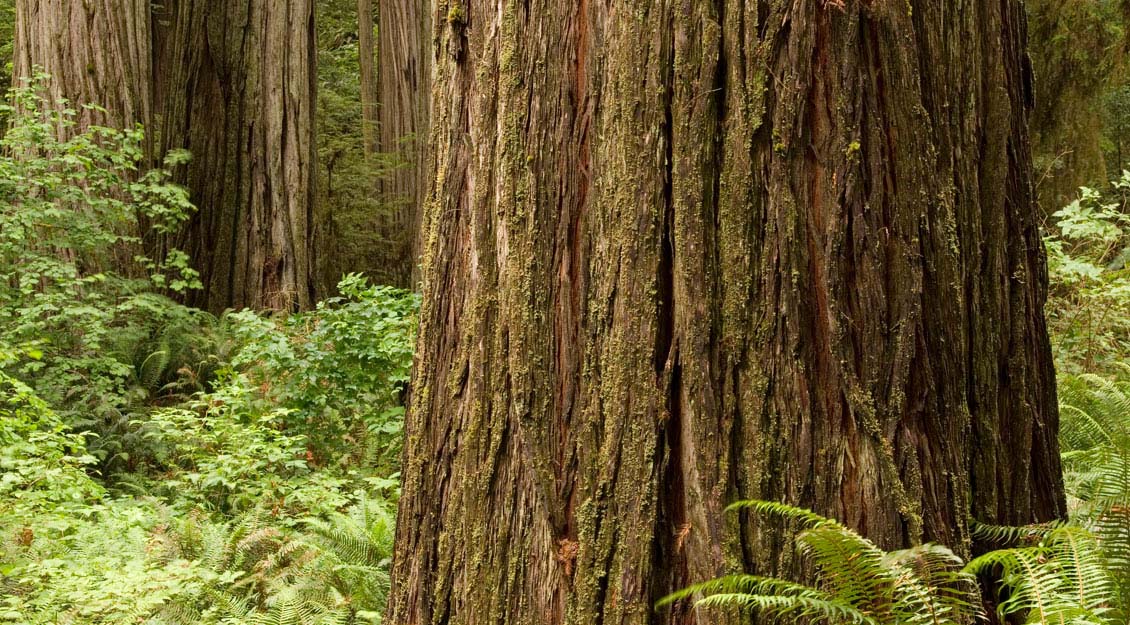
From Coast to Coast
Cedar trees grow lush and large on Vancouver Island, where visitors come from all over the world to enjoy their natural beauty. Undoubtedly, the smell of an old growth cedar forest is a sensual experience for the eyes and nose. From coast to coast, Canada has two recognized types of cedar trees and they each have unique characteristics.
Also called the ‘Tree of Life‘ (arbor vitae), the cedar received this name as it was believed that the tea made from the leaves and bark of the Eastern White Cedar cured scurvy that affected Jacques Cartier’s crew during the winter of 1535-36. Originally, cedar was used to make totem poles, canoes, medicines, perfumes, clothing, tools, baskets, nets, and lodges by West Coast aboriginal people. Few other trees have such a wide variety of uses.
Two species of cedar (genus Thuja) are recognized in Canada: The Eastern White Cedar and Western Red Cedar.
Eastern White Cedar
Eastern White Cedar trees are aptly found in eastern Canada. They grow in the Maritimes, Great Lakes and St. Lawrence forests of Quebec and Ontario, in addition to parts of Manitoba and New Brunswick. They are also found on the western portions of Nova Scotia and PEI.
These slower growing cedar trees can grow up to a modest 15-20 meters high over many decades. The diameter can be up to 1 meter. Branches are greenish-yellow scaly leaves with fan-shapes sprays. The bark is brown and stringy looking. The pale brown cones only grow up to 1-centimeter long and have scales with rounded tips. Eastern cedar is lighter in colour than Western cedar, with light brown heartwood and whitish sapwood.
White cedars thrive in cool, moist, acidic soil and are often found near streams or creeks. They offer shelter and food to birds and other wildlife like deer, porcupine, squirrels, and snowshoe hares.
Western Red Cedar
This type will be the most familiar to Vancouver Islanders as it grows along the Pacific Coast of BC, including the Queen Charlotte Islands. Western Reds are also found in parts of Alberta. Another slow-growing cedar, it can reach an impressive 60 meters high with more than a 3-meter diameter trunk. Conical-shaped Western Red cedar trees can live up to 1,000 years old.
The fragrant branches are comprised of glossy, greenish-yellow sprays with one and a quarter-centimeter cones. Deer and other wildlife feast on the foliage of the cedar along the West Coast and near the Rocky Mountains.
Light to medium brown, the Western cedar generally has brown-pinkish heartwood with an almost white sapwood. Western cedar takes stain slightly better than Eastern cedar. When left unstained, the wood changes to a gorgeous coastal silvery grey.
All cedar wood is typically soft, light in colour, resistant to decay and insects, with a woodsy aromatic scent. More durable than other softwoods, both types have a straight, even grain. However, the Western Red has a coarser texture compared to the Eastern White.
Cedar is simple to work with since it’s easy to glue and machines easily. Typical uses of cedar include decks, cedar shakes and shingles, fencing, outdoor furniture, siding, and saunas.
Cedar trees, also referred to as evergreen conifers of the cypress family, are also great trees to have in the backyard since they require little maintenance. Luckily, builders are able to purchase local cedar grown and sustainably harvested here on the island.
